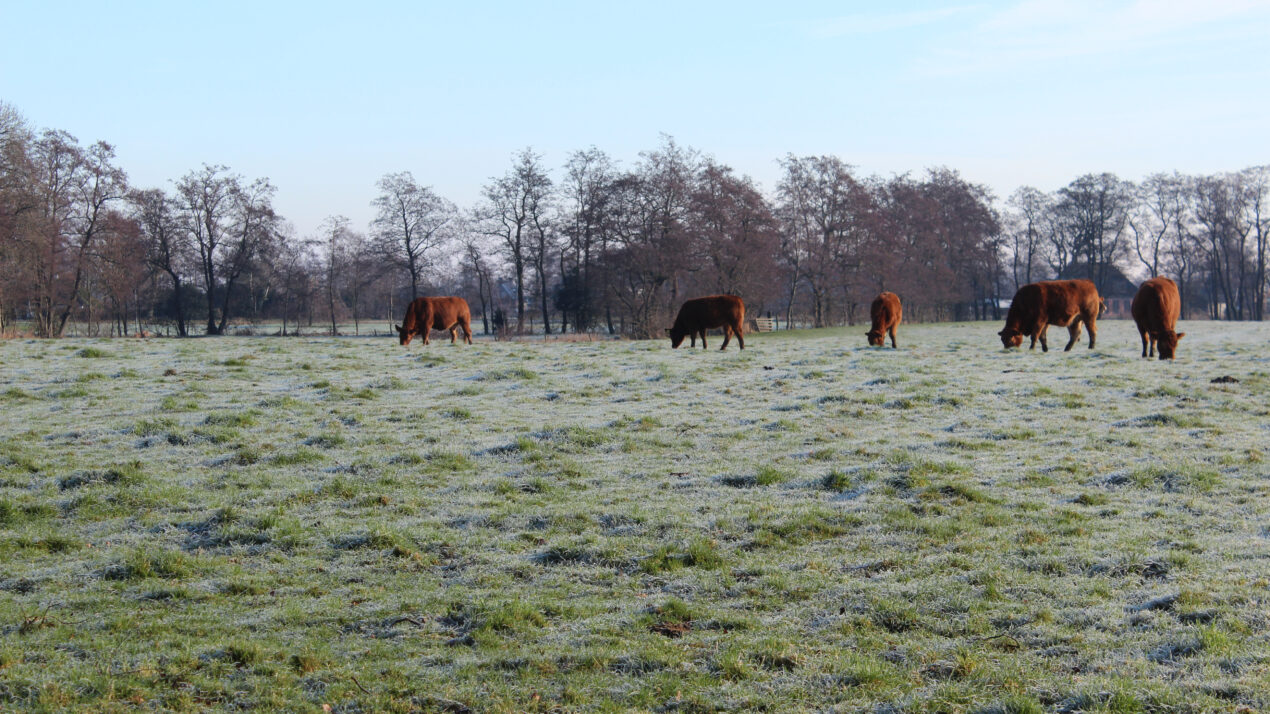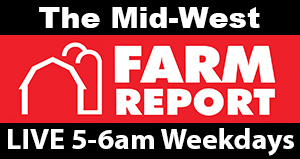
While we may be having mild winter weather and seeing some early greening, experts are urging farmers to proceed with caution when it comes to their pasture management.
According to Jason Cavadini, Grazing Outreach Specialist, there has been a visible trend of vegetation greening up earlier than usual. This includes clover, legumes, and other cool-season plants. This early growth is accompanied by concerns regarding potential winter weather changes and their impact on pasture health.
“Our observations indicate that while certain plants are greening up ahead of schedule, the resilience of these pastures to handle potential freezing temperatures largely depends on their condition prior to winter,” explained Cavadini. “The previous season’s dormancy of cool-season grasses, followed by rapid growth due to late season rain, has set the stage for a challenging spring.”
One significant consequence of these conditions is the increased risk of winter kill. This is especially for pastures that have experienced overgrazing or poor winter preparation. Additionally, the recent decline in hay stocks by approximately 30 percent is expected to impact pasture management decisions. This will force farmers to strike a delicate balance between stocking rates and market opportunities.
Furthermore, livestock markets are experiencing favorable conditions. He says this making farmers consider the potential benefits of offloading animals versus maintaining higher stocking rates. This decision-making process is further complicated by uncertainties surrounding pasture growth and feed availability.
In response to inquiries about pasture renovation and management, Cavadini emphasized the importance of soil health and nutrient management.
He says, “Frost seeding and interseeding with legumes are recommended methods to improve pasture quality and nitrogen levels, particularly in areas where grasses are thinning.”

Leave a Reply